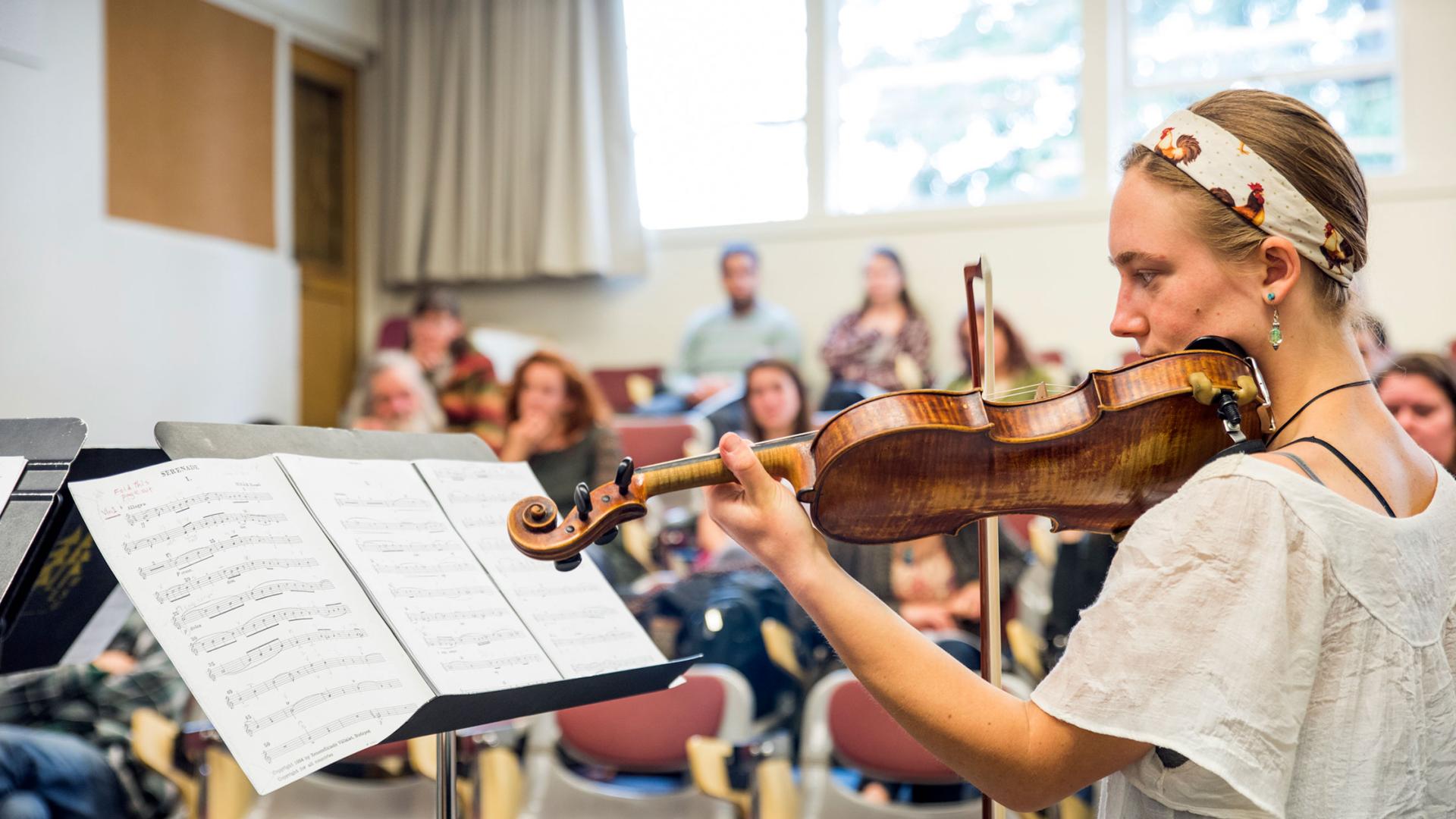Breadcrumb
User Testimonials
“I wouldn’t have been able to conduct my thesis research without the incredible support I received from the CNRS Core and its staff. The ability to not only access the latest software and equipment but also learn the proper protocols from experienced lab technicians transformed my graduate school experience. Time spent in the Core always amounted to learning something new, not only about my own discipline but those of my colleagues and peers. I’m forever grateful for the opportunities afforded to me through the Core and hope to see it grow and continue to foster the research that makes Humboldt so special.” (Graduate student, defense 2023)
"The CNRS core is an indispensable resource for my master’s thesis project. I regularly use instruments and technical equipment to complete different parts of my research throughout the week. The core manager Liz is knowledgeable, helpful, and easily accessible!" (Graduate Student, defense 2024)
"My research group uses a lot of the molecular biology equipment in the Core, in particular we use the NanoDrop ONE almost daily. This handy machine allows us to quantify DNA from a very small volume of liquid, allowing us to conserve a lot of the DNA for later use. One of the Master's students in the Biology Graduate Program has been using the Core as a 'super' clean area to conduct a sensitive technique called in situ hybridization. This method allows her to visualize where genes are expressed in sensory neurons used to detect odorants." (Faculty, 2024)
"My students and I are having a great experience using the core and interacting with Liz and the student assistants! The space, equipment, supplies, and constant support provided to our time has been very helpful for us to develop our experiments and have good results using the core facility. Our research questions involve mammal species identification using DNA barcode and investigating genetic diversity of local species of shrews. We use the core to work on DNA extractions, amplifications (PCRs), and preparing samples to be sent out for Sanger sequencing, and so we use equipment such as the thermoshaker, centrifuge, vortex, and thermocyclers." (Faculty, 2024)





